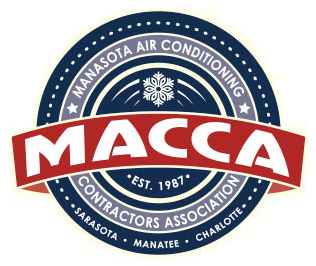Utility incentive programs continue to play a major role in accelerating the transition toward more efficient heating and cooling systems. By offering rebates, tax credits, and other financial support, these programs help reduce the upfront cost of high-efficiency equipment, making upgrades more accessible for homeowners and businesses. As adoption grows, contractors gain access to higher-value projects, and manufacturers are encouraged to push innovation that meets or exceeds evolving efficiency standards. This combination of lower first costs and rising consumer interest is helping move the industry toward cleaner, more advanced technologies such as inverter-driven heat pumps and other energy-saving systems.
Beyond lowering costs, incentives also support broader goals—including reducing overall energy demand, supporting grid stability, and promoting long-term operational savings. Many utility programs go beyond rebates by offering energy assessments, financing options, or tools to help customers identify improvement opportunities. Over time, these efforts raise the efficiency baseline across the market, phase out outdated systems, and strengthen the pathway toward sustainable HVAC solutions. As demand for energy increases and the built environment continues to evolve, strong utility partnerships and well-designed incentive programs will remain essential in supporting progress across the entire industry. Click here to read more.

